Gamers of a certain age will remember the Nintendo 64 Rumble Pak, and that first feeling of an in-game explosion vibrating the controller in your hands. In the endless pursuit of making gaming more immersive, companies have pushed 3D gaming monitors, ultra-high frame rates, and 8K resolution. Anything to make the game look better and feel more real. It seems the next evolution in immersive gaming is haptic feedback.
Last year, Razer released its newest Kraken V4 Pro headset and built haptic feedback right into it. The company also released the Freyja, billed as the world's first haptic feedback gaming cushion. As a PC gamer, I was curious if this new forefront of bringing gaming to life was more than just a gimmick, and what present-day integrations felt like. I also gave some thought to the best applications for this technology in the future. Here's what I learned about spending a lot of time with Razer's flagship haptic products.
Razer provided both the Freyja and Kraken V4 Pro for this piece, but did not have a say in its content.
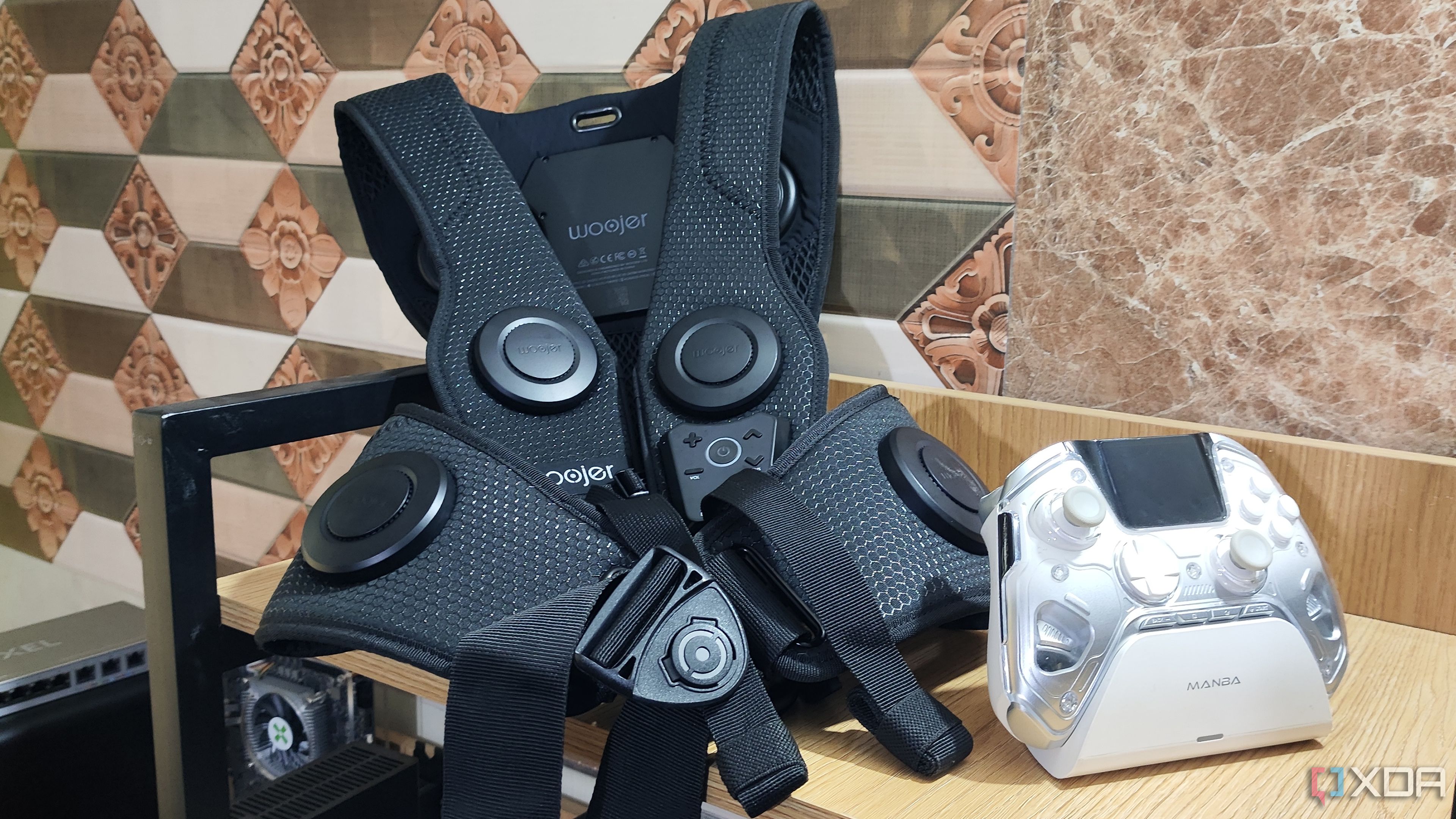
Related
I used a haptic vest for gaming - here’s how it went
It's fantastic for VR gamers and sim racing enthusiasts
4 Haptics require a lot of juice
The power issue will be a hurdle on the road to wider adoption.
I think one of the greatest hurdles to the real adoption of this tech is the power issue of it all. The Freyja pad has to be plugged into a wall outlet or extension cord in order to function, as USB is not sufficient to power it. So then you've got a cable hanging down the side of your chair, and depending on where your nearest outlet is, the cable is in the way of your legs when getting in and out of the chair. It's unsightly and inconvenient, and hopefully future generations of the Freyja will work off a rechargeable battery pack. The connection to the PC itself is done via a wireless USB dongle, so at least there's that.
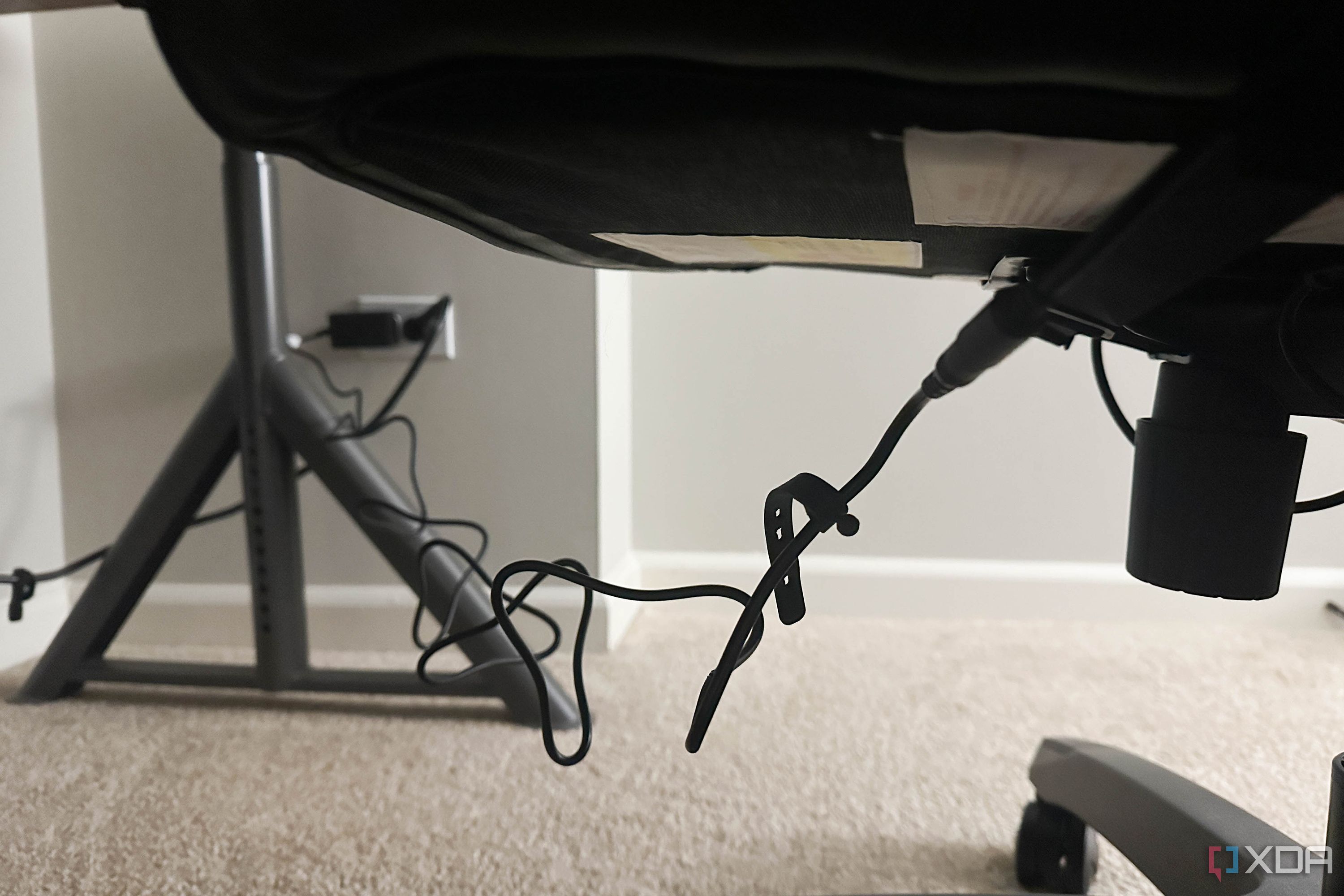
As for the Kraken V4 Pro, the battery life definitely scales inversely with the intensity of the haptic settings. It takes a lot of juice to vibrate a wireless headset, and you'll find your battery life suffering from it. Some of this can be made up for by turning off the RGB lighting on the headset, but for many, RGB is part of the appeal. The battery life is rated at 45 hours with haptics and lighting off, but just 13 hours with both on.
Over time, I believe that major improvements in power efficiency and delivery will need to be made to make these products as simple and convenient to use as a good keyboard. Perhaps for those with full-on simulator setups and cable management skills, an extra cable for power might not be an issue. But for the average consumer using mostly wireless products, suddenly having power cables for peripherals can be a tough sell.
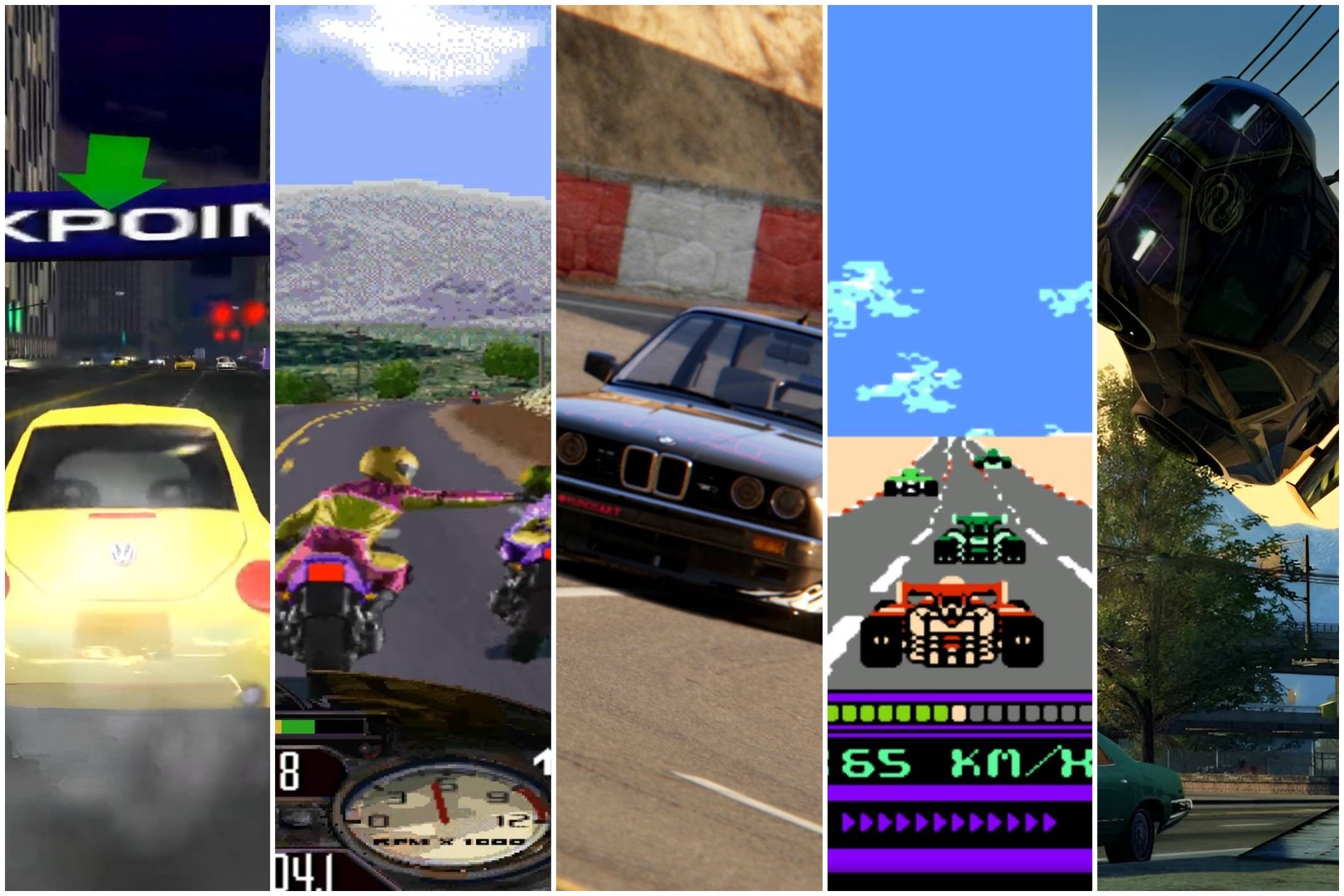
Related
The XDA gaming team talks about their favorite racing games of all time
These aren’t the “best” racing games — they’re the ones that changed our lives, for better, wilder, and weirder.
3 These products are a game changer for sim racing
Real feedback in a game mimicking the real world is an excellent use case
The one application that really made me see the light on haptics in gaming was when I tested it out in a racing game. Razer lists dozens of racing games that work with its Sensa products via integration through SimHub, a software that enables custom dashboards and integration with haptic devices. While this is not the same as native integration at the development level, I found the experience incredibly impressive.
I drove a number of laps in F1 2025 using the Freyja and Kraken V4 Pro and was totally sold on haptic products as the future of sim racing. SimHub's integration did a fantastic job of isolating the right in-game moments to reproduce in the seat or headset, like the feeling of going off the track onto gravel or the burst of each gear change in the F1 racecar's powerful engine. It added texture, depth, and physical context to my traction, my speed, and, of course, my crashes. Here, the Freyja was at its absolute best, powerfully recreating the feeling of sitting in the car's seat. The vibrations and feedback in the Kraken headset were subtle and well-placed, and it actually made sense to feel it on your head since you're wearing a helmet when driving a racecar.
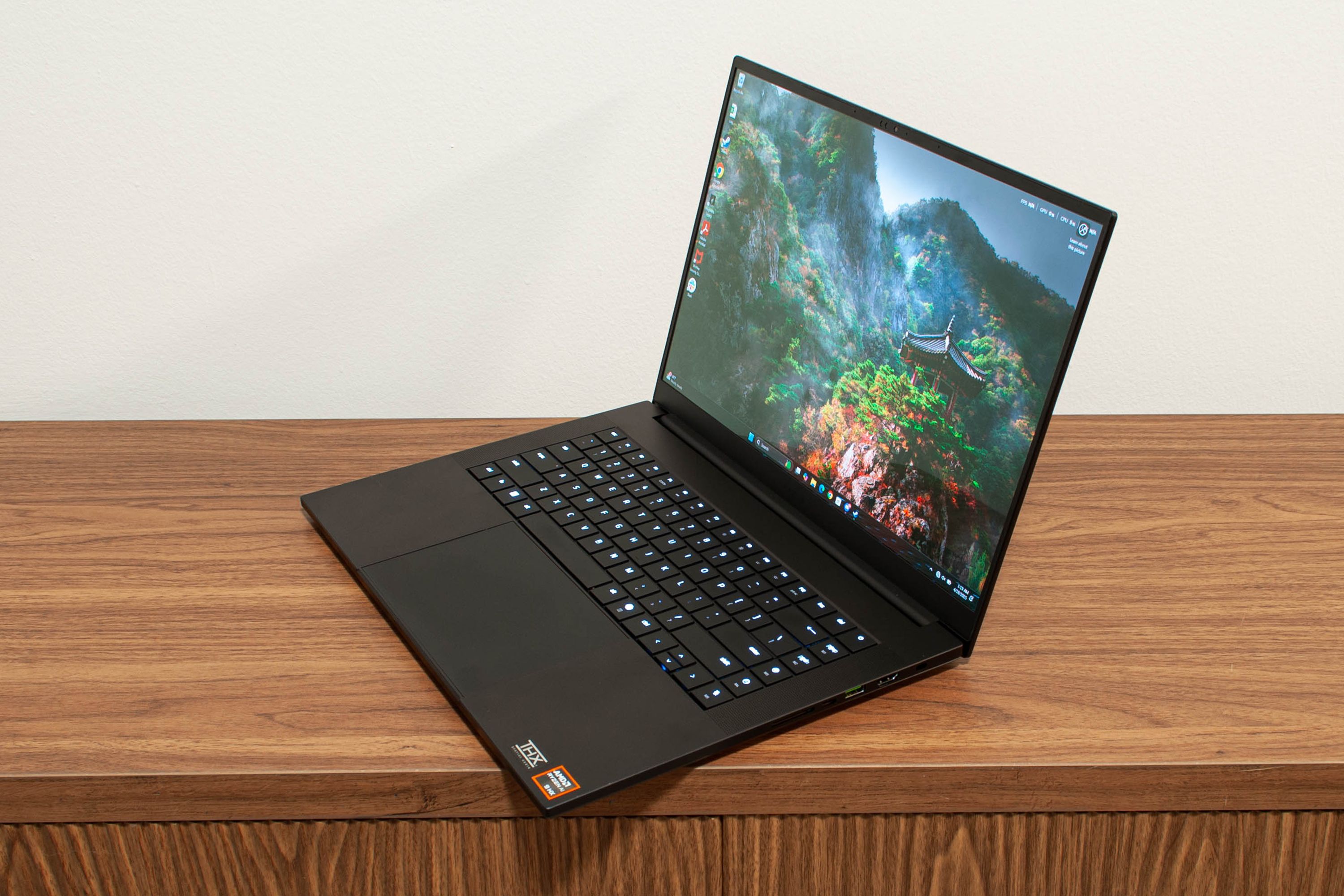
Related
I would make the new Razer Blade 16 my daily machine, if I could afford it
The new Razer Blade 16 is the thinnest gaming laptop Razer has ever made, and is an expensive gaming powerhouse.
2 Audio-based haptics are horrendous
Audio to haptic was laughably bad and is not a serious application.
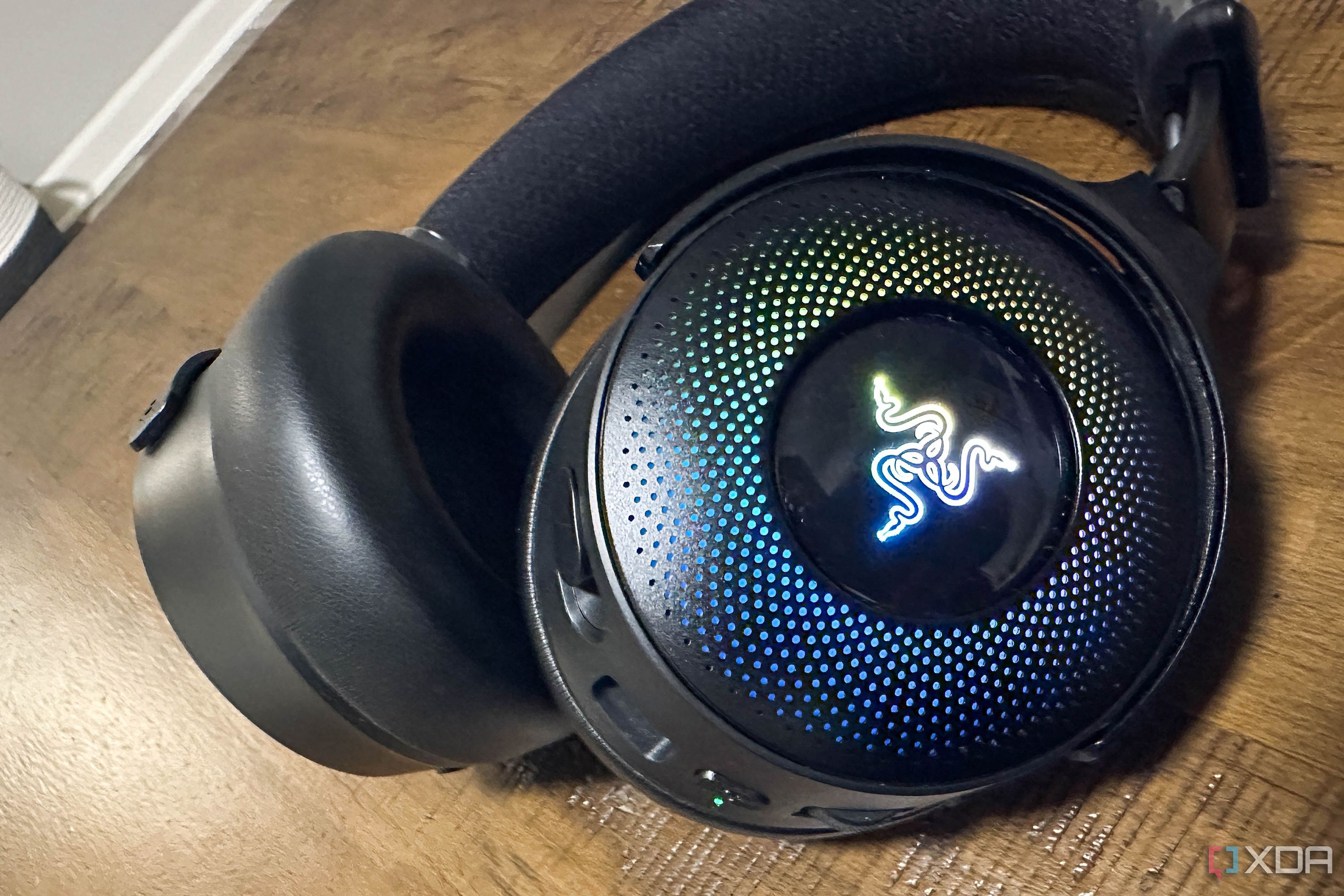
The integrated haptic experience was fun, and I'm excited to see more games developed with it in the future, but what if you're playing a game that doesn't have Sensa HD Haptics natively coded in? Razer's Haptic Sensa software, part of Razer Synapse, offers an "Audio-to-Haptics" mode, intended to interpret your in-game audio into haptic feedback for compatible products like the Freyja or Kraken V4 Pro. The net result is not worth the headache.
I booted up Destiny 2 to test out this feature and did so while talking to my friend on Discord about it. The first thing I noticed was that my friend's voice was making the Freyja chair pad vibrate every time he talked. This was admittedly hilarious, but impractical for gaming. I tried tweaking the audio-to-haptics profile, where you can customize what frequency of sounds cause the haptics to kick in. I tried to adjust it while playing and talking to my friend, but realized that as soon as I took out enough bass frequencies to avoid it activating to his voice, I also cut the legs out from most of the haptic feedback in-game.
All that said, in-game without a Discord friend, the experience wasn't much better. With all the explosions, gunshots, and powers going off left and right in Destiny 2, the audio-to-haptics just became vibrating mud. It was basically constantly on and rumbling at various intensities with almost no discernment of what action in-game caused what feedback. To be clear, the Kraken V4 Pro sounded fantastic, delivering a clear soundstage and delivering in-game auditory details that I hadn't even noticed when using my old gaming headset. But I ended up turning off audio-to-haptics after testing it in Destiny 2, Apex Legends, and Sea of Thieves.
The only time it works half-decently is in a relatively quiet environment, where the only activating sounds stand out more from the background noise. Like walking around a quiet neighborhood in GTA V, then having gunshots or car crash sounds trigger haptics. It was a little less muddy, but only just.
1 Integrated haptics, or nothing at all
Interesting technology, but limited integrated titles
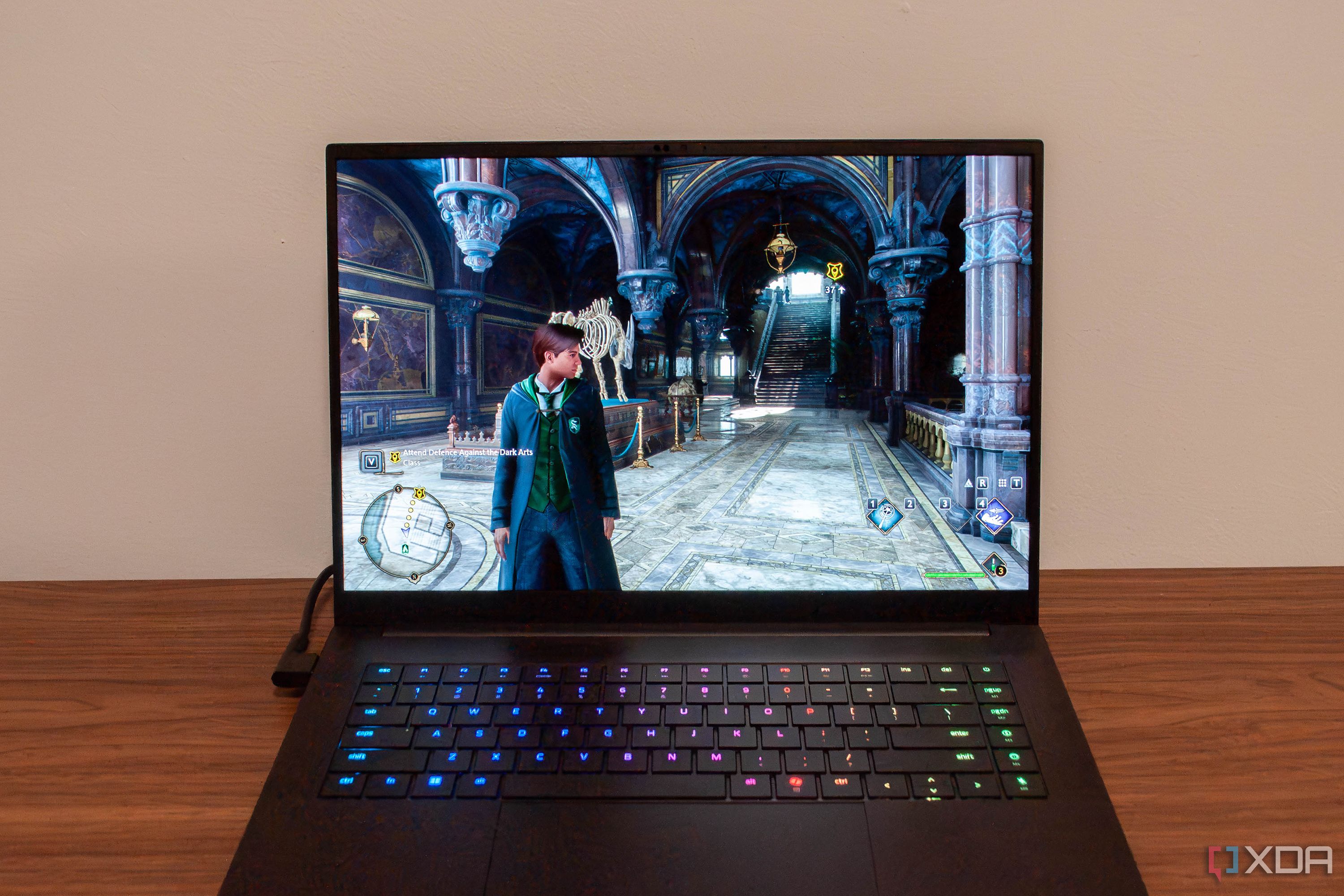
Let's make something clear from the jump. Razer has shared with me a lot of excitement and vision for game developers integrating its "Sensa" HD Haptics tech into their games. I don't doubt that the adoption of native haptic design will increase year over year from here on out, but as it stands there are a grand total of 17 games currently listed with Sensa haptics built into the games, and another eight listed as coming soon. Of those 17 games, three are trucking simulators and one is PC Building Simulator 2. The biggest AAA title game currently on the list is Hogwarts Legacy, so I spent some time playing it with Kraken V4 Pro on my head and the Freyja strapped to my chair.
As I walk around Hogwarts attending classes as a young wizard, my character learns various spells to use while navigating the world of Hogwarts Legacy. When casting these spells, I feel a jolt of vibration coming from the Freyja's six haptic motors. Depending on the spell or in-game action, it feels as if the power my character is using is coming up through my body. This does have a marvelous effect of connecting me to the in-game world in a more tactile way. Additionally, I feel an accompanying low rumble in my headset, though I found this to be mostly distracting, as why would my head be vibrating from casting a spell?
Niche product or mass market future?
The future of haptic feedback in gaming is slowly arriving, and products like the Freyja and new Kraken V4 Pro get us closer to realizing a more immersive at-home gaming experience. In my view, applications in Sim Racing or Flight Sims are the most viable for haptic feedback devices finding an audience, but time will tell. There is no doubt that the tech is a lot of fun when properly implemented.
.png)



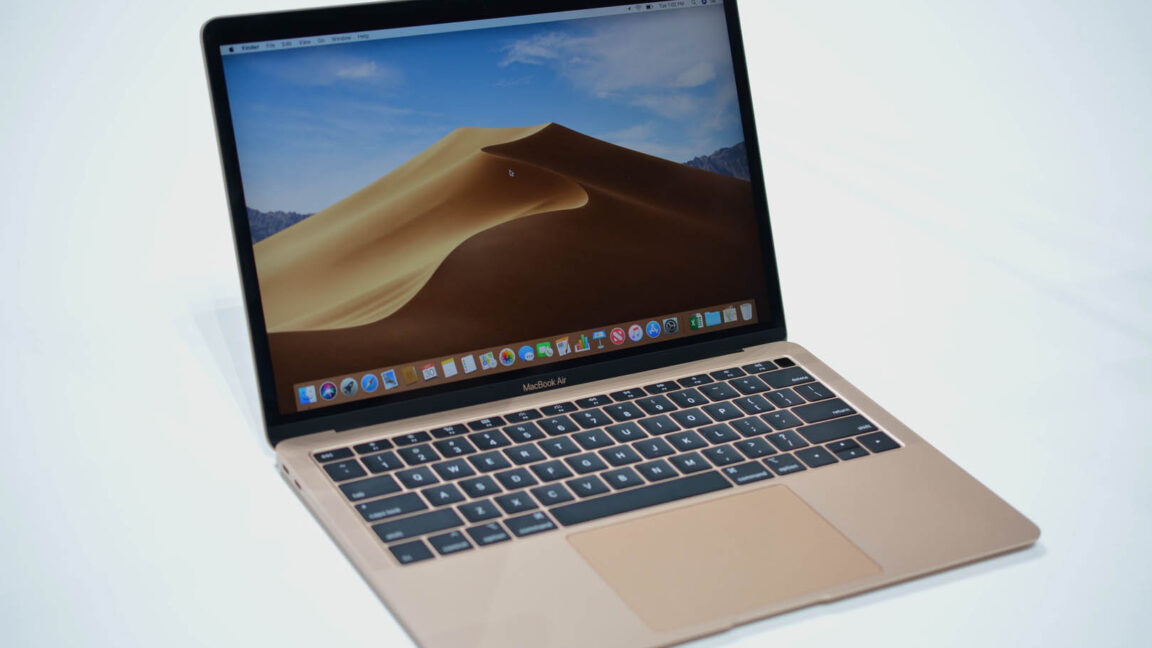






 English (US) ·
English (US) ·